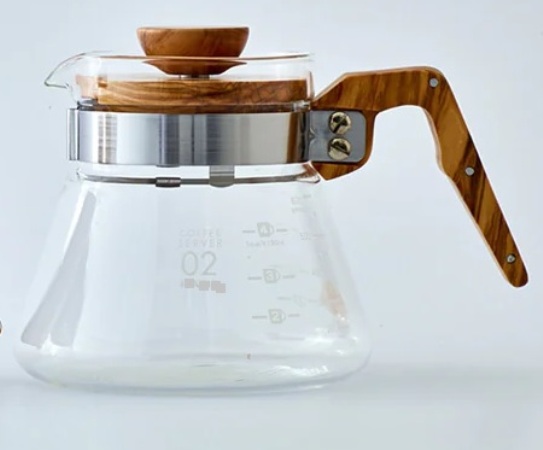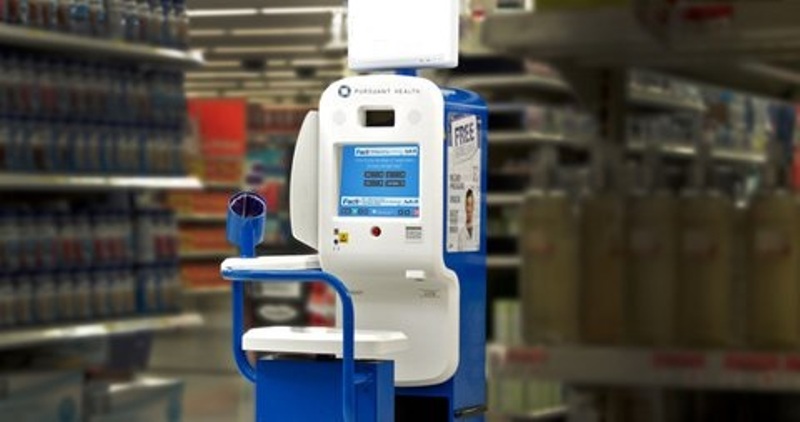
The global market for rheumatoid arthritis treatments is expected to grow at a CAGR of...
Learn More
Our consulting solutions address company specific challenges with respect to micro environment...
Learn More
Organizations frequently need day-today research guidancein order to gain strategic...
Learn More
Exploring different areas of market research and market analysis is a key factor...
Learn MoreAcute Market Reports presents the most extensive global business research services across industries. Our research studies focus on potential outcomes, benefits, and risks associated with each market segment across geographies. Having served our global clients for more than 10 years, our prime priority is to enable our clients in making well-informed business decisions through a data-driven, analytical, and uncomplicated research approach.
We provide access to the world's most comprehensive, analytical, and updated business intelligence services and solutions.




The coffee servers market is expected to grow at a CAGR of 5.8% during the forecast period of 2025 to 2033. The industry's reliance on growing coffee culture, home brewing trends, and sustainable practices is evident in the drivers and trends shaping...
Read More
The pet grooming services market is a vibrant and expanding industry driven by various factors such as changing consumer preferences, increased pet ownership, and a growing awareness of pet health and well-being. The pet grooming services market is e...
Read More
The automated drug kiosk market is expected to witness a CAGR of 12.5% during the forecast period of 2025 to 2033, driven by various factors that have contributed to its expansion. the automated drug kiosk market has experienced significant growth du...
Read More




